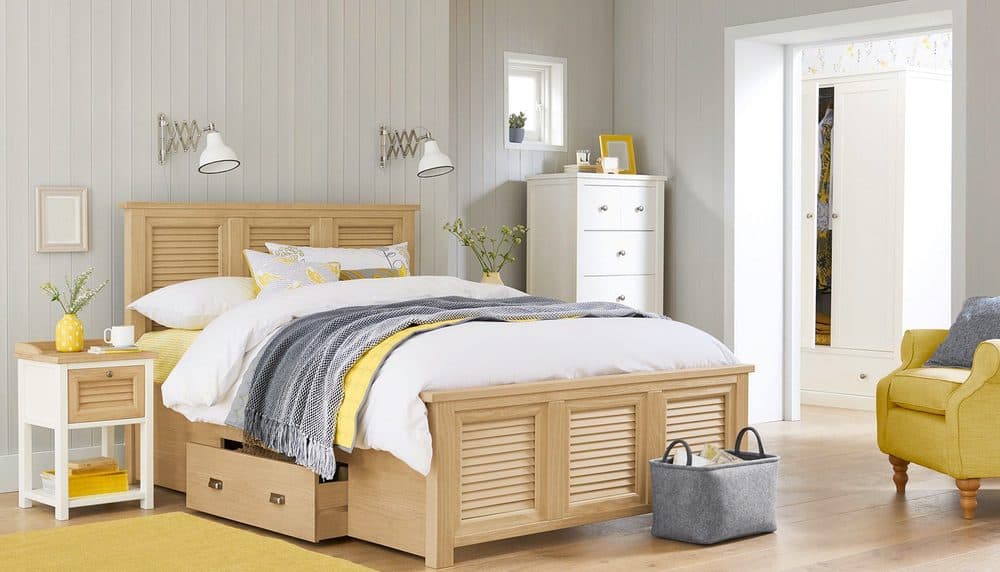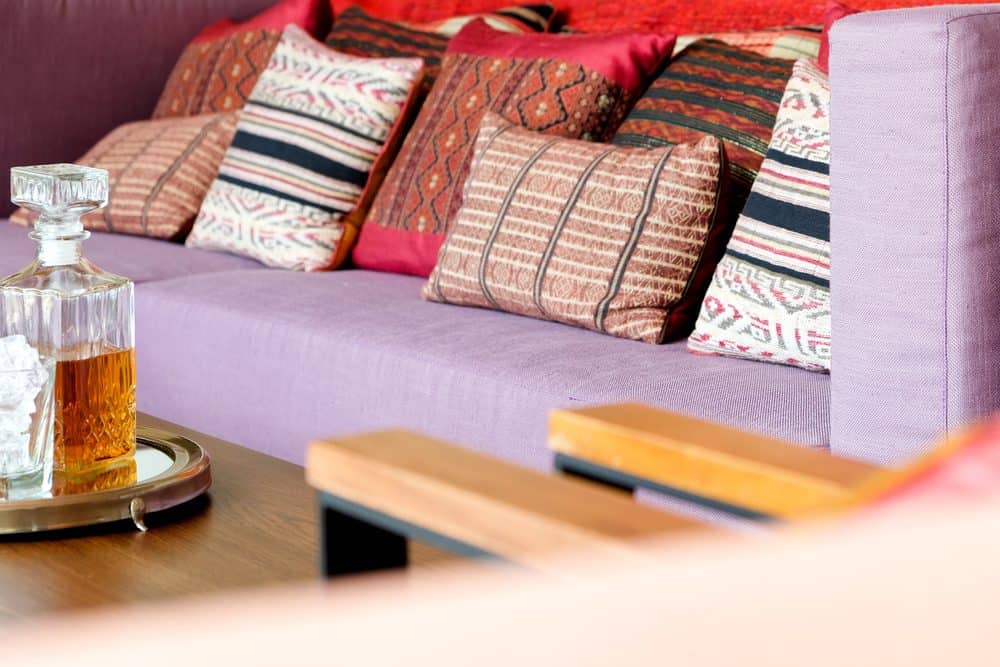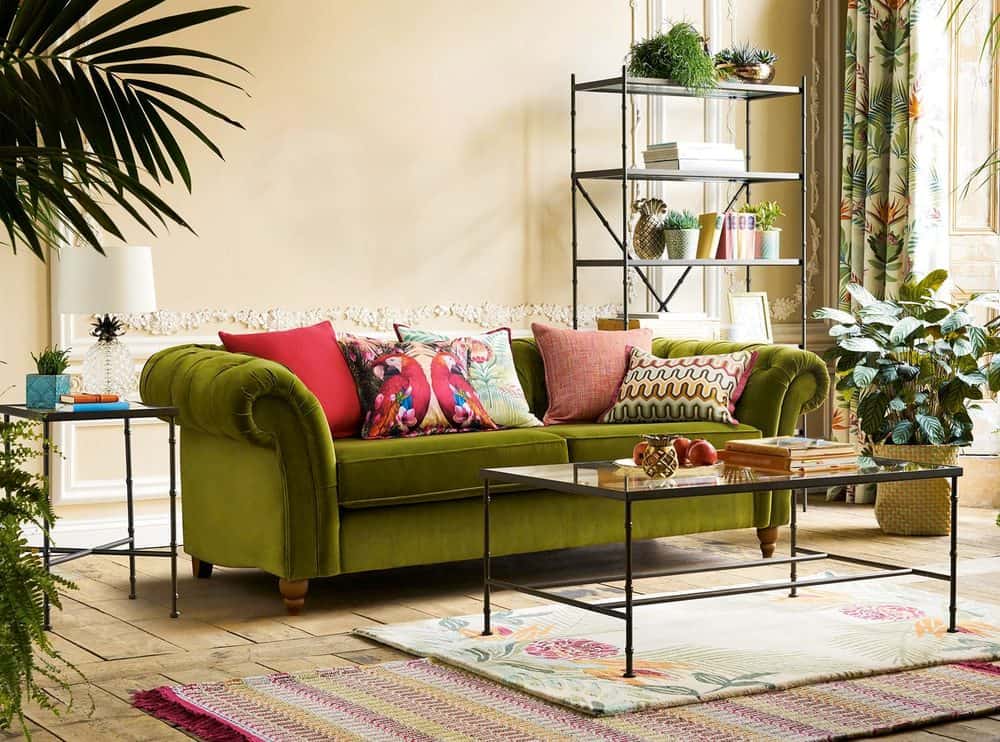Interior design advice can be useful when you move into a new home because you are likely to have myriad thoughts going around in your head.
When you move into a new space it generally takes a while to get used to a new layout. Interior design advice will help you to decide where things are kept, where furniture is best placed and the colors and textiles that you will enjoy the most. Often when we change house we also change what constitutes a home.
Interior design certainly isn’t easy. It can take months, even years to perfect your home. Making changes and filling your home with things that express who you are and what you like will take time and effort, but it’s worth doing. Having said that, the aim is NOT perfection.
The best interior design advice is to create the most perfectly imperfect home that suits YOU.
Starting with a blank canvas can seem like an impossible task. However, the best style is what you are comfortable with and that you have created… with a few expert tips.

Get Ideas
As with anything else worth doing, planning is a big part of getting it right. Not everyone can visualize a finished room or an entire house. So looking for interior design advice and inspiration is a great starting point.
Take inspiration from books, interior design magazines, and get ideas from other people’s homes. A great place to explore some innovative ideas in design is Pinterest. You may want to create a vision board where you can pin ideas so you don’t forget to use them. Houzz is another great resource.

Create vision boards (sometimes called ‘Mood Boards’) without thinking in too much detail. Set up ‘boards’ for different rooms and then pin away with whatever pictures take your fancy. Then, look more critically at the pictures you have set aside.
- Is there a common color or colors?
- Are colors light, pastel, romantic, earthy, or dark, moody and dramatic?
- Is there a theme? Modern, Rustic, Industrial, Cottage, Beach, Art Deco, Mid-Century Modern?
- Are you drawn to certain layouts or features? Compact, open plan, split level, minimalist, high ceilings, lots of French doors, etc?
- What are the predominant textiles and surfaces? Wool, hide, linen, silk, cushions, rugs, wood, slate, granite, metal, etc?
- Do you prefer lots of straight lines and angles? Or do you prefer curves and soft lines?
By not thinking in too much detail you’ll be naturally drawn to the things you love the most.

Don’t Call Me Penny
Finish the Basics
There’s no point in trying to run before you can walk. In essence, don’t go furniture shopping when you don’t even have a floor.
If your home requires some work before you can really dive into the interior design, make sure it’s done. That may mean using companies like unifyconstructions.com.au. Ensure basic construction work is finished before you embark on fiishing the interior design.
For example, if you are taking out a wall or adding on a room, ensure all construction is finished. Otherwise, your beautiful new decor may get roughed up. Again, a good bit of interior design advice is to take everything into consideration with your planning. Once ‘tradies’ have left you can add your decor but this must all be planned even before building begins.
Whether you are painting and tiling yourself or getting in a professional, you must choose the basic colours, textures, textiles, and finishes when construction ends.

Room by Room
It can be frustrating when you have many ideas for all of the rooms in your house, but it’s best to start with one room and work your way around. Having said that, it all starts with a unified plan. Have a very good idea of the tone and style you want for the whole home before you start.
A great place to start is the living room. It’s the one room used by the entire family and the one guests will see. Think Scandi Hygge and make it welcoming.
How you use the room, how often, and with whom are important design elements. Ask yourself these questions.
- How many people will use the room?
- What will it be used for?
- How much seating will you require?
- Can you use double-duty furniture such as an ottoman that’s a coffee table OR extra seating?
- How many electrical outlets will you need?
- What type of entertainment will you be operating?
- What type of lighting will you need?
- Will you be eating main meals in the room?
- What art works will you want to display?
- How much natural light is there?
- Do you want a dramatic or a subdued color scheme?
This is where professional interior design advice really pays dividends.
Using Fabrics
Fabrics are a beautiful way to add unique personality to any room. There is virtually nothing that won’t be enhanced with the prudent use of textiles – wool, linen, silk, fur, cotton, leather, velvet, brocade, stripes, florals, patterns, geometrics, drapes, cushions, quilts, lampshades… it’s endless.
If you’ve chosen block colors for your walls, fabrics, and accessories are a fantastic way to add life to your decor. And don’t worry about mismatching. If you choose fabrics from the same color family – regardless of being patterned, striped, geometric – it doesn’t matter. They will look divine.
You can use color matched, but not matching, fabrics for cushions and lampshades, quilts and cushions, sofa cushions and an entire accent chair, drapes and a quilt, etc. For more tips, see our feature on
Use cushions of different shapes and sizes to add interest and display in ODD numbers – 3, 5, or 7. Always lay cushions ALONG the cushion edge, do NOT lay cushions on their point. For more tips, see our feature on thinking like a decorator.

Don’t Call Me Penny
Using Textures
One of my key pieces of interior design advice is to add texture to your home decor. Even a minimalist home benefits from the use of textures.
Think – knotted wool, fine knits, leather, velvet, damask, heavy or light weaves, muslin, silk, hide or wool rugs, faux fur throws, etc. And other textures for surfaces such as grooves on corrugated iron, the grain in wood, the colors in slate, the feel of metal, the reflectivenss of glass or polished aluminium.
Designing a home from scratch is a lot of work and you’ll probably find that you change your mind frequently along the way. That’s okay! It’s all part of being creative and finding what suits you best.

Don’t Call Me Penny
More Interior Design Advice
To help you with interior design advice, please read other articles here on Don’t Call Me Penny such as Opposites Attract to add ‘tension’ to decor; Curtain Insulation Tricks for a warmer home; a Beginners Guide to styling your home; why modern homeowners are choosing Provincial Furniture; and Bedroom Decor Tips for a more restful sleep.
Let Us Help You
We’ll help you with interior decorating and design advice. From colour consultation and furniture positioning to renovation design and homewares buying, let us provide you with expert advice. Please Contact Our Interior Decorating Services.




